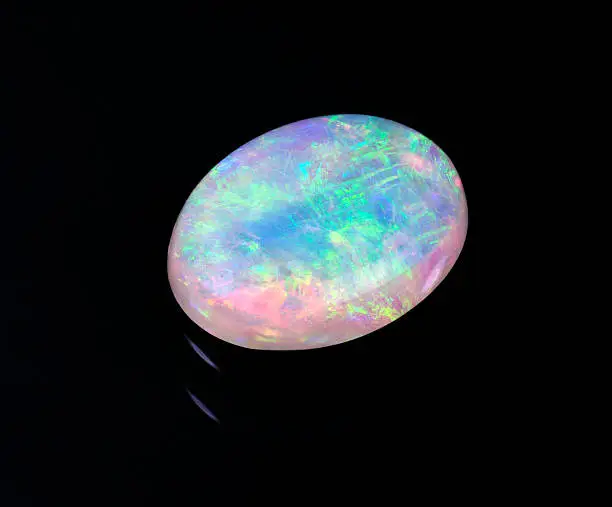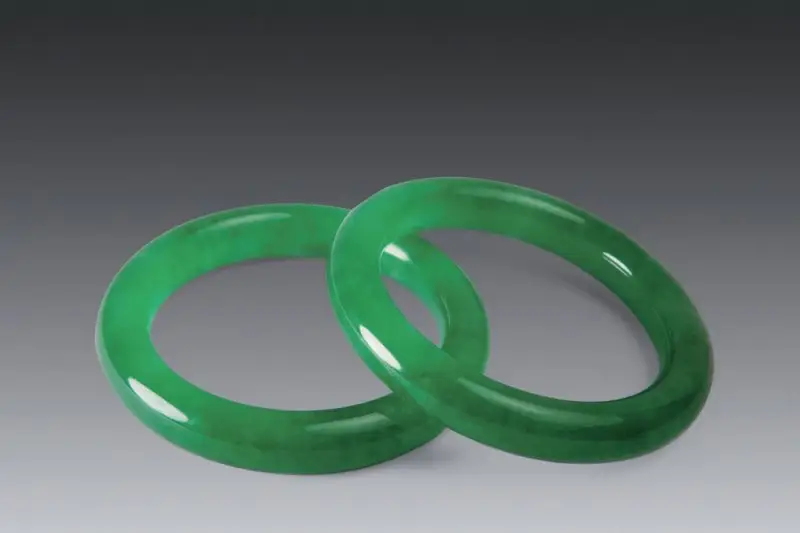Table of Contents
Introduction
Opal is October’s birthstone and the national gemstone of Australia. Among gemstones, opal is perhaps the most rainbow-like in beauty. Gem-quality opals often display a kaleidoscope of colors, although they may not be transparent like many other gemstones. Their unique, radiant play of colors, known as opalescence or play of color, gives opal its well-deserved reputation.
Opal
- Crystal system: amorphous system
- Hardness: 5~5.5
- Specific gravity: 2.1
- Gloss: Glassy to waxy gloss
- Transparency: Transparent to opaque
- Color: white, gray, blue-gray, brown, black, colorless
- Refractive index: 1.37~1.47
- Birefringence: None
- Fluorescence: blue-white fluorescence in long and short wave
- Cleavage: No cleavage
- Characteristics: iridescent, play-of-color (Opalescence), low specific gravity
Commercial Value of Opal
Opals are classified by their base color into white opal, dark or black opal, orange-red fire opal, and colorless crystal opal. Black opals are generally the most valuable, followed by fire opals. Opals form in weathered rock deposits and are typically found irregularly within sedimentary rock. When opal is cut with its host rock, with the opal visible on the front and the sedimentary rock at the back, it is referred to as boulder opal. Boulder opals are more affordable but still exhibit beautiful play of color, offering an excellent option for buyers.
The play-of-color in opals displays a spectrum of colors, with large patches of red being the rarest. The appearance of this play-of-color is the main factor influencing an opal’s value. The play-of-color is classified into three types based on its presentation:
1. Pinfire: Small, pinpoint flashes of color.
2. Flash: Large, broad flashes of color that appear as the gemstone is moved, resembling splashes of ink.
3. Harlequin: Large, distinct, angular patches of color.



